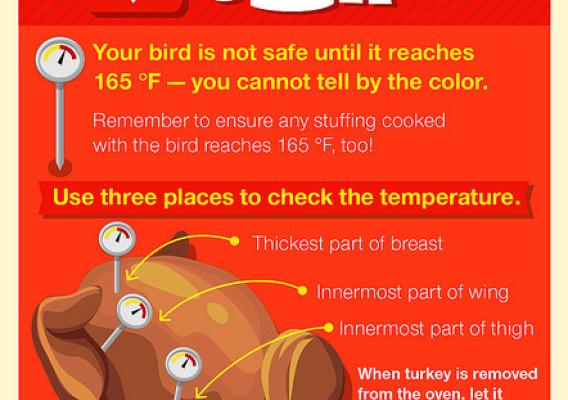With Independence Day just around the corner, families across the nation are making preparations to honor the day as the grill chef, king of Castle Suburbia, lord of the living room, master of the flames, marches forth.
With a meaty feast to honor the day, the Fourth of July has become almost as much a celebration of grilling greatness as it is a celebration of the nation’s independence. However, all that glitters isn’t gold and an infection of Salmonellosis can quickly knock the grill king off his throne and onto another.
Fittingly, the Fourth of July sits in the middle of grilling season. The amber flames roaring up between the grill grates can easily give the false impression of bringing death to all bacteria. However, don’t be misled. Preparing burgers on the grill is a quest that must be tackled safely. Taking the four oaths of food safety (clean, separate, cook and chill) will ensure a feast free from visits to the porcelain throne, or worse, a trip to the emergency room.





